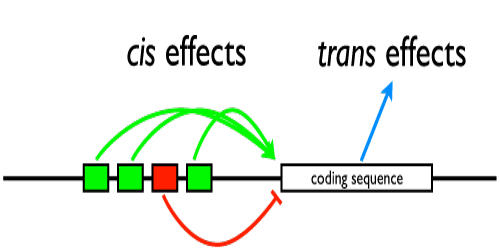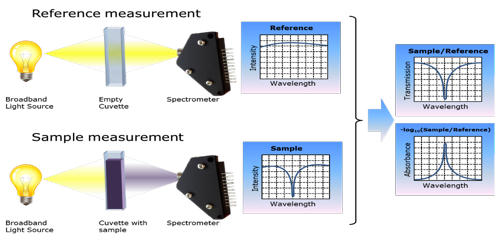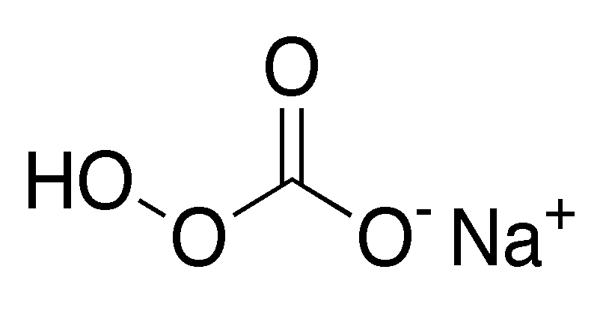In inorganic chemistry, the cis effect is defined as the labilization (making unstable) of CO ligands that are cis to other ligands. CO is a well-known strong pi-accepting ligand in organometallic chemistry that will labilize in the cis position when adjacent to ligands due to steric and electronic effects. The “cis effect” is a phenomenon in which the cis isomer is more stable than the corresponding trans isomer or almost the same stability in some molecules with double bonds.
Therefore, electron delocalization, not exchange repulsion, has the largest responsibility for the relative energies of 1,2-dihaloethene systems. The importance of this work is the quantitative elucidation of the dominance of delocalization mechanisms over steric effects on the electronic and energetic view of a simple molecular structure. The trans influence refers to the impact of a ligand on the length of the bond trans to it in the ground state of a complex. The key phrase there is “ground state”—this is a thermodynamic effect, so it’s sometimes called the thermodynamic trans effect.
The trans effect and its cousins are all electronic, not steric effects. So, the electronic properties of the ligand dictate the strength of its trans effect. Let’s finally dig into the trans effect series:
(weak) F–, HO–, H2O <NH3 < py < Cl– < Br– < I–, SCN–, NO2–, SC(NH2)2, Ph– < SO32– < PR3 < AsR3, SR2, H3C– < H–, NO, CO, NC–, C2H4 (strong)
The system most often studied for the cis effect is an octahedral complex M(CO)5X where X is the ligand that will labilize a CO ligand cis to it. Adding to the insanity, cis effects and cis influences have also been observed. Evidently, ligands may also influence the kinetics or thermodynamics of their cis neighbors. The cis– or trans-effect is related to the tendency of electronic charge density to move away from the bond critical point (BCP) and towards the associated nuclear attractors. Unlike trans effect, where this property is most often observed in 4-coordinate square planar complexes, the cis effect is observed in 6-coordinate octahedral transition metal complexes. It has been determined that ligands that are weak sigma donors and non-pi acceptors seem to have the strongest cis-labilizing effects. The molecules that exhibit the greatest cis-effect are those with fluorinated double bonds; this is because of the most facile modes of the C–F bond couple with the highest-symmetry normal mode of vibration.
Therefore, electron delocalization, not exchange repulsion, has the largest responsibility for the relative energies of 1,2-dihaloethene systems. The importance of this work is the quantitative elucidation of the dominance of delocalization mechanisms over steric effects on the electronic and energetic view of a simple molecular structure. Therefore, the cis effect has the opposite trend of the trans-effect, which effectively labilizes ligands that are trans to strong pi accepting and sigma donating ligands.















